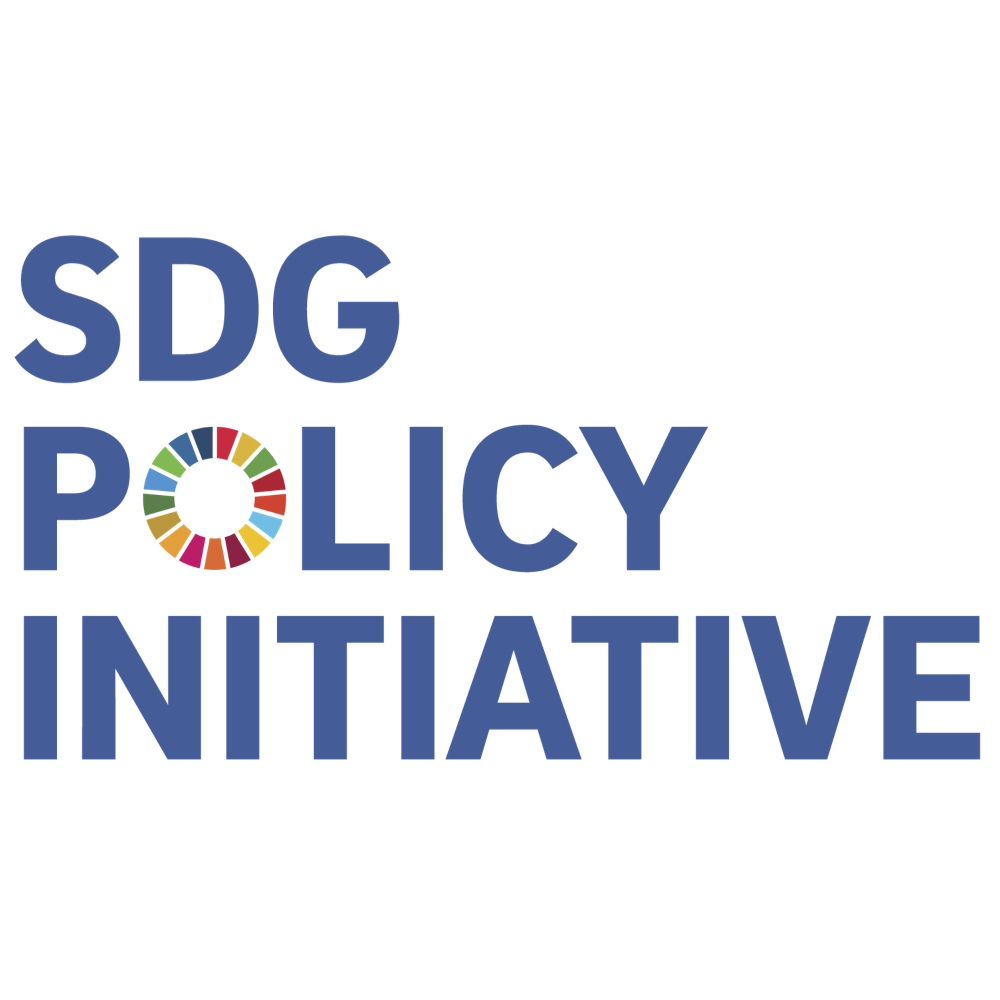Esta tabla proporciona metadatos para el indicador real disponible a partir de las estadísticas de San Diego más cercanas al correspondiente indicador global de SDG. Tenga en cuenta que incluso cuando el indicador global de ODS esté totalmente disponible a partir de las estadísticas de San Diego, se debe consultar esta tabla para obtener información sobre la metodología nacional y otra información de metadatos específicos de San Diego.
| Objetivo |
Goal 9. Build resilient infrastructure, promote inclusive and sustainable industrialization and foster innovation |
|---|---|
| Destino |
Target 9.c: Significantly increase access to information and communications technology and strive to provide universal and affordable access to the Internet in least developed countries by 2020 |
| Indicador |
Indicator 9.c.1: Proportion of population covered by a mobile network, by technology (we define as broadband access) |
| Definición y conceptos |
Concepts:“The indicator is based on where the population lives, and not where they work or go to school, etc. When there are multiple operators offering the service, the maximum population number covered should be reported. Coverage should refer to LTE, broadband (3G) and narrowband (2G) mobile-cellular technologies and include: - 2G mobile population coverage: Mobile networks with access to data communications (e.g. Internet) at downstream speeds below 256 Kbit/s. This includes mobile-cellular technologies such as GPRS, CDMA2000 1x and most EDGE implementations. The indicator refers to the theoretical ability of subscribers to use non-broadband speed mobile data services, rather than the number of active users of such services.
|
| Unidad de medida |
Proportion of population covered. |
| Proveedores de datos |
American Community Survey, 5-Year Data (2019) |
| Metadatos actualizados por última vez | 2022-05-26: see changes on GitHub Se abre en una nueva ventana |
